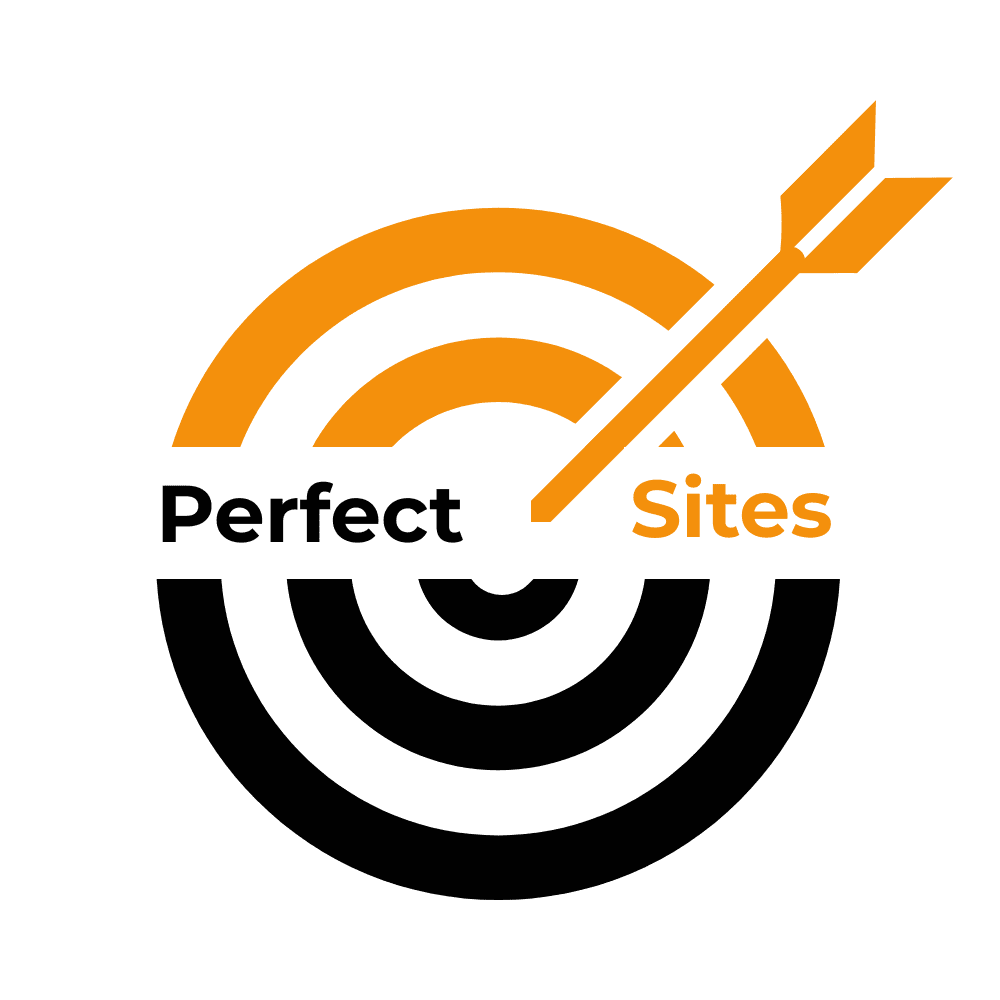Getting more people to your website is a bit like trying to get noticed at a crowded farmers market. Everyone’s shouting about their organic honey or hand-poured candles, and meanwhile, you’re standing there with the best peach cobbler in town, hoping someone stops by. That’s what it feels like for businesses in Chesapeake, Virginia. With over 250,000 residents and a local economy that’s part defense, part healthcare, part big-box retail, standing out online takes more than just showing up; you’ve got to be findable, relevant, and honestly, a little charming.
Let’s talk about how to do that, without sounding like everyone else.
Local SEO: The digital version of putting up a sign on Battlefield Blvd.
First things first: if your business isn’t showing up when someone Googles “Chesapeake dentist” or “HVAC repair near me,” then you’re basically invisible. Local SEO fixes that. Start by claiming your Google Business Profile. Make sure your name, address, and phone number are consistent everywhere; yes, even that old Chamber of Commerce listing from 2014. Add photos that don’t look like they were taken with a potato, respond to reviews like a human, and post updates
regularly.
You’ll also want to use location-based keywords. Tools like Google Keyword Planner or Ahrefs can help you figure out which ones people are actually searching. Think “Chesapeake VA wedding planner” or “best seafood Chesapeake,” not just “event planner” or “crab legs.”
And don’t skip the local directories. These still matter:
Hyperlocal content: Speak Chesapeake, not just SEO.
Search engines love relevance. But you know who loves it more? Real people. If your blog posts or landing pages feel like they were written in a vacuum, you’re missing the point. Try writing about things that only Chesapeake locals would care about. For example:
- “Top 5 Family-Friendly Events in Chesapeake This Summer”
- “How Chesapeake’s Humidity Wreaks Havoc on Your HVAC System”
- “Best Neighborhoods in Chesapeake for First-Time Homebuyers”
Mention local landmarks. Reference Mount Trashmore or the Chesapeake Jubilee. You’re not just optimizing for search engines; you’re showing people you’re one of them.
Facebook groups: Because Nextdoor is chaos.
Chesapeake has a strong community vibe, and that spills over into Facebook groups. There’s “Chesapeake VA Community,” “Hampton Roads Buy/Sell/Trade,” and a dozen others that are surprisingly active. These aren’t places to drop your sales pitch and run; they’re places to build credibility.
If someone asks for a good roofer and you happen to be one, chime in. Share useful tips. Post a seasonal checklist. Be helpful without being pushy. It builds social proof, which often leads to link clicks, shares, and, yes, actual customers.
Geo-targeted ads: Pay to play, but play smart.
If you want faster results, you’ll need to spend a little. Google Ads can be incredibly effective when you keep things tight. Set your location targeting to a 25-mile radius around Chesapeake. Use keyword groups like “emergency plumber Chesapeake” or “Chesapeake orthodontist.”
Make sure your ad copy actually sounds local. Mention neighborhoods or zip codes like 23320 or 23323. People are more likely to click when something feels familiar.
On social, Facebook and Instagram let you zero in even more. Promote a seasonal offer, a grand opening, or a back-to-school special, but only to users in the right zip codes. No sense paying for clicks from someone in Roanoke.
Influencers: More than skincare routines.
You might think influencer marketing is reserved for mega brands and lifestyle gurus, but Chesapeake has its own micro-influencers. These are folks with 1,000 to 10,000 followers who talk about local food, family life, or fitness, and their audiences listen.
Find someone whose vibe matches your business. A local mom who posts about weekend activities might be perfect for promoting your kids’ dental clinic. A fitness coach with a Chesapeake following could help fill your yoga classes. Offer them a free service or product in exchange for a shoutout, and maybe toss in a discount code to track the results.
Site speed and mobile: Don’t make people wait.
Here’s a stat that should make you wince: over 60% of local searches happen on mobile. If your site takes forever to load or looks like a 2009 blogspot page on a phone, people will bounce before they even see your offer. And Google notices.
Use Google’s PageSpeed Insights to check your site’s performance. You’re aiming for under 2.5 seconds load time. And yes, that matters more than your homepage’s color palette.
Testimonials: Let your neighbors do the talking.
People trust people, especially when they live nearby. Ask happy clients to leave reviews on Google, Yelp, or Facebook. Then actually use those reviews. Feature them on your homepage or service pages with a name, photo, and neighborhood if they’re comfortable with it.
“Sarah from Greenbrier East” hits differently than “Happy Customer #47.”
Analytics: Stop guessing. Start knowing.
You don’t need to be a data scientist, but you do need to track what’s working. Google Analytics and Search Console are your friends here. Look at where your traffic is coming from. Which pages are keeping people around? Which ones are making them leave?
Focus on the Chesapeake-specific data. Are your local blog posts getting hits? Are people clicking your geo-targeted ads? Use that info to tweak your content and ad strategy. Rinse and repeat.
So, what’s the takeaway?
If you want to drive traffic in Chesapeake, you need to think like someone who actually lives here. That means showing up in local searches, speaking your audience’s language, and being present in the digital places they already hang out. It’s not complicated; it just takes care, creativity, and the kind of tone that sounds more like a neighbor than a brand.
And honestly, isn’t that kind of refreshing?
That’s the view from the ground.
We’ll be back soon with more real-world insights.
Until then, keep building.
– Perfect Sites Blog

